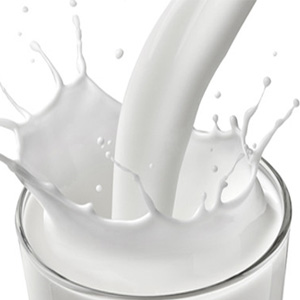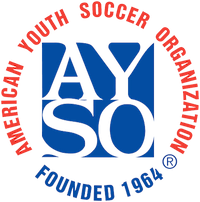Welcome to Healthy Soccer Kids!

What Are Concussions?
Professional athletes are known for getting concussions, but young athletes are just as prone to concussions as the professionals.
The Centers for Disease Control and Prevention identifies traumatic brain injuries – also known as TBIs – as a major cause of death and disability in the country. TBIs are caused by bumps, blows or jolts to the head that rattle the brain within the skull and can range from mild to severe. Mild traumatic brain injuries are commonly known as concussions with severe injuries resulting in memory loss or unconsciousness for an extended period of time.[1]
It is estimated by the Concussion Legacy Foundation that approximately 3.8 million athletes suffer a sports-related concussion.[2] A parent might notice the following signs in their players after a bump, which may signal a concussion: temporary memory loss, dazed or stunned, confusion, slow responses, clumsiness, and changes in personality, mood or behavior.
Children might also report the following: pressure or a headache, nausea or vomiting, light or noise sensitivity, blurry vision, loss of balance, or feeling sluggish or drowsy. Additionally, children might report they “don’t feel right” or “feel down”.[3]
Brain injury symptoms usually appear immediately after the accident, but some symptoms may take anywhere from a couple of hours to a few days to show up. Due to the fact that brain injuries can be difficult to diagnose, be sure to take your child to your health provider for a proper diagnosis. Children can be expected to feel better within a few weeks but should gradually resume normal activities.
Furthermore, parents should monitor their child’s symptoms to ensure they are not worsening. Each child is different and will heal at a different pace.[4] In order to help your athlete fully recover from a concussion, make sure your athlete gets plenty of rest and limit his or her activities.
Athletes who suffer a concussion and do not fully heal before returning to play are more likely to get another concussion. The goal is to limit mental activities and gradually reintroduce them to activities as the symptoms improve. [5] In order to help their brain heal, try reducing activities that might worsen symptoms or healing, such as video games and loud noises.[6]
Be sure to get approval from your child’s doctor before allowing him or her to return to sports or any physical activity.
For printable information on concussions and how to keep your athletes safe, click here.
Sources:
[1] Centers for Disease Control and Prevention. What is a Concussion?: https://www.cdc.gov/headsup/basics/concussion_whatis.html
[2] Concussion Legacy Foundation. Concussion Resources: https://concussionfoundation.org/concussion-resources?gclid=EAIaIQobChMIxuXyjvv21gIV0rjACh0gxQApEAAYAyAAEgKnwvD_BwE
[3] Centers for Disease Control and Prevention. Concussion Fact Sheet: https://www.cdc.gov/headsup/pdfs/youthsports/parent_athlete_info_sheet-a.pdf
[4] Centers for Disease Control and Prevention. Concussion Signs and Symptoms: https://www.cdc.gov/headsup/basics/concussion_symptoms.html
[5] Centers for Disease Control and Prevention. Recovery from Concussion: https://www.cdc.gov/headsup/basics/concussion_recovery.html
[6] Nationwide Children’s Hospital. A Parent’s Guide to Concussions: http://www.nationwidechildrens.org/parents-guide-to-concussions






















